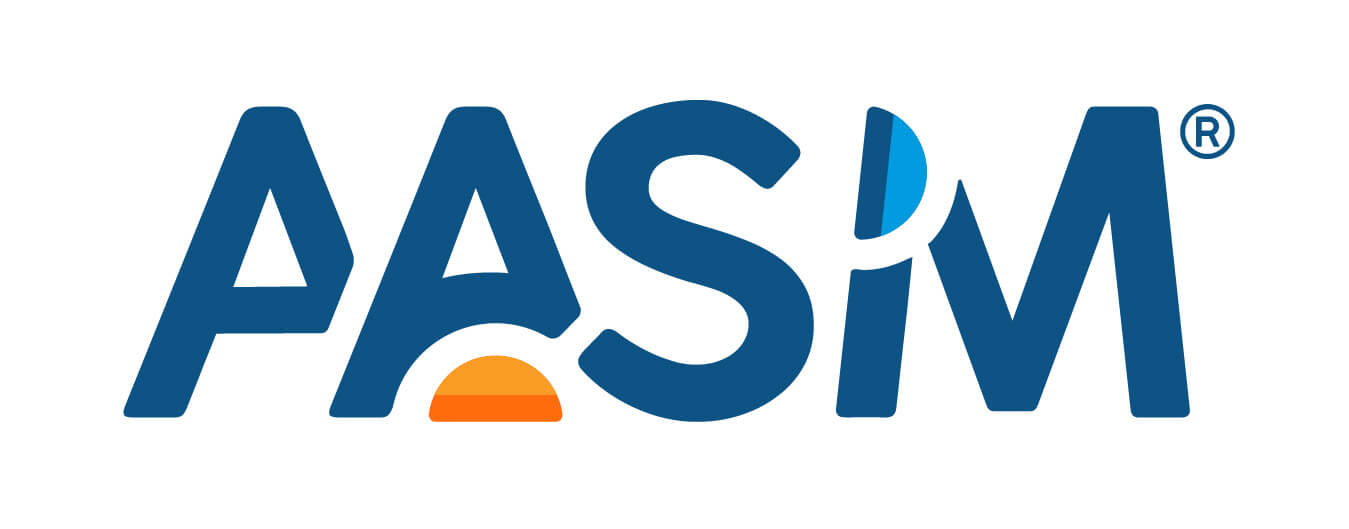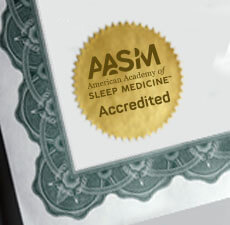Equipment Maintenance Fact Sheet
Applicable Accreditation Standards
A sleep facility is to maintain a written policy describing all medical equipment maintenance procedures for both in-center and HSAT that includes procedures for Infection Control.
Definition of Medical Equipment
Medical equipment is defined as any patient-related equipment that is facility owned, borrowed, leased, consigned or equipment used for demonstration purposes and data collection (i.e. oxygen equipment, sensors, bands, oximeters, thermistors, beds, PAP equipment, emergency equipment (AED), HSAT equipment and biophysiological equipment, computers and equipment in the control room).
Purpose of Equipment Maintenance
To ensure safety of patients and personnel as well as accurate and uninterrupted operation of all patient related equipment through routine inspection, ongoing maintenance and infection control procedures.
Components of Written Equipment Maintenance Plan
- A routine visual inspection for apparent defects must be completed by staff at least monthly. Inspection includes the following:
- Inspection of the physical condition of equipment for flaws, cracks deformities, tears or any other visually apparent defects.
- Inspection for loose knobs or switches, frayed or cracked power cords, loose or broken plug pin, loose power plug or any medical equipment with a two-pronged plug etc.
- Complete performance test checking for appropriate lights or tones when unit is operated. If any problems are noted, remove equipment, tag appropriately and send for repair by an authorized technician. A plan for preventing future failures must be documented.
- Electrical safety testing inspection by a certified electrician or biomedical engineer must be conducted annually in accordance with information provided through the manufacturer’s equipment manual.
- Equipment, devices and sensors associated with in-lab and HSAT failed test (e.g.no data, or corrupt data is to be tested prior to next use.
- Instructions regarding reporting and testing equipment that is not functioning properly.
- Procedure for Infection control that includes:
- Cleaning and storage;
- Sterilization, high-level disinfection, or
- Application of germicidal agents after each use consistent with recommendations from manufacturer’s, federal and state health policy and OSHA regulations.
- Physical separation of clean and dirty devices.
- Specific instructions regarding documentation of routine and annual inspections with the use of a standard Medical Equipment Maintenance Log that include:
- Each piece of equipment.
- Frequency of inspection.
- Procedure for inspection.
- Who performs inspection, and where monthly reports are filed.
- Annual report signed by certified electrician or biomedical engineer which includes all patient related equipment.
- Instructions for HSAT device and sensor packing, shipping and storage (if applicable).
- Procedure(s) used to delete all PHI and physiologic data from HSAT equipment following each use.
- Specific instructions regarding documentation of compliance in an equipment log.
Key Things to Keep In Mind
- One policy that describes procedures for both in-center and HSAT is acceptable.
- The medical equipment management plan should address the roles and responsibilities of sleep staff in the routine inspection.
- Equipment should be tested for proper function; failures categorized and analyzed for cause to prevent future failures prior to next use.
- Remove equipment that may be faulty and send for repairs by an authorized technician.
- Both monthly inspection and annual inspection needs to be documented on an equipment log to show compliance.
- Procedure for deleting PHI may be maintained in the HSAT protocol.
- Documentation of in-service on any new equipment or equipment upgrades must be completed prior to use on patients.




